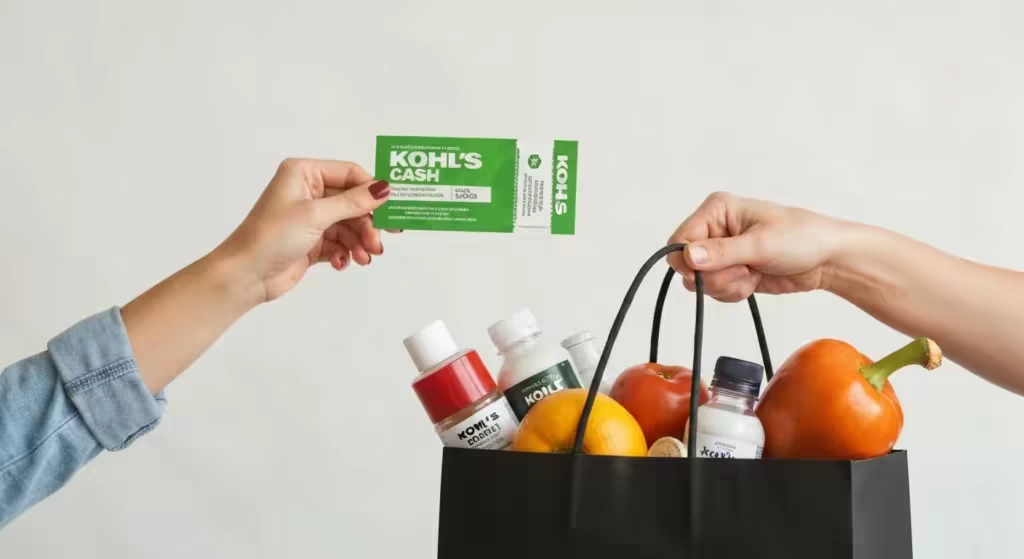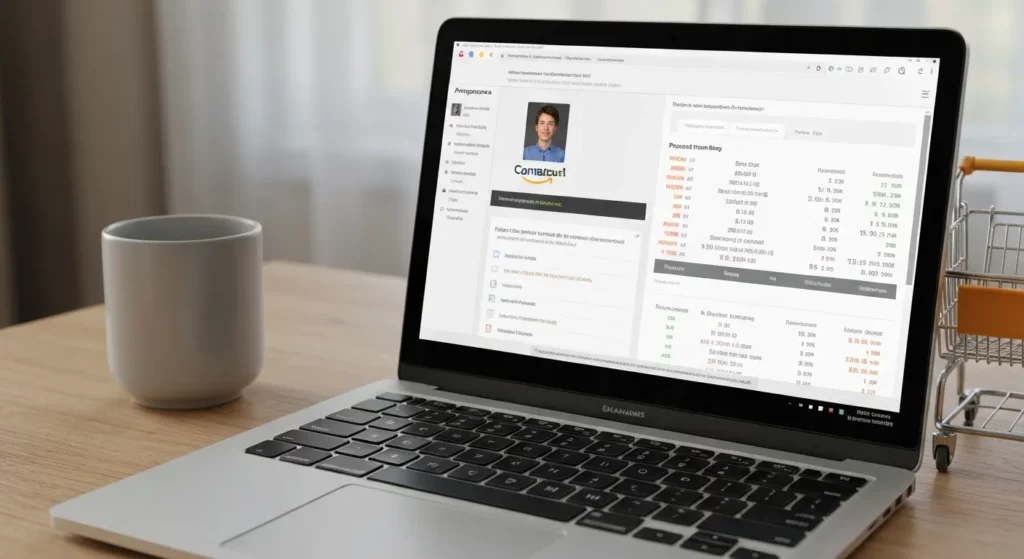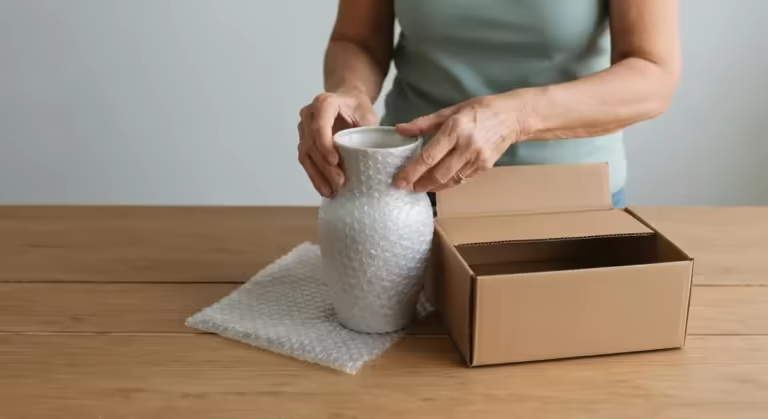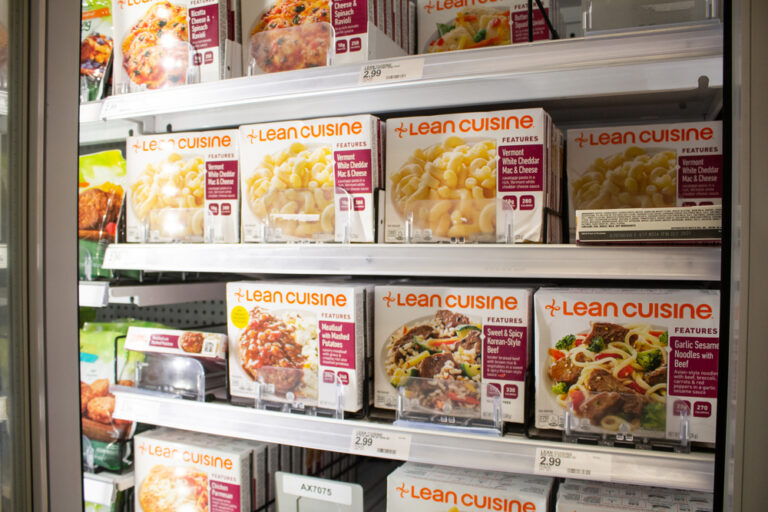Ready to Tackle 2025? 9 Money Traps You Can Leave Behind This Year
Let’s kick some more financial habits to the curb. If you’ve heard that cutting back on your daily latte is the secret to affording your dream home, we both know this is a very small piece of the puzzle. That advice, often called the “latte factor,” oversimplifies a complex issue and can make people feel guilty about small joys. The real way to spend smart is saying goodbye to the things that don’t add any value to your life, the expenses that drain your bank account without giving you anything meaningful in return.
Make this year about small, clever changes that can add up big. We’re not talking about drastic austerity measures or depriving yourself of everything you enjoy. Instead, the focus is on intentionality—mindfully directing your money towards what truly matters to you and ruthlessly cutting out the rest. So, from ditching hidden fees that serve no one but the banks to resisting the tempting but absolutely unnecessary splurges that are forgotten a week later, we’re going on a financial decluttering journey.
These are the 9 things you can consider stopping wasting money on in 2025. Think of this not as a restrictive list, but as a guide to reclaiming your hard-earned cash. Each item is an opportunity to plug a financial leak and redirect those funds toward your goals, whether that’s a vacation, a down payment, or simply a stronger sense of financial security. (Trust me, you won’t miss them and your wallet will thank you.)
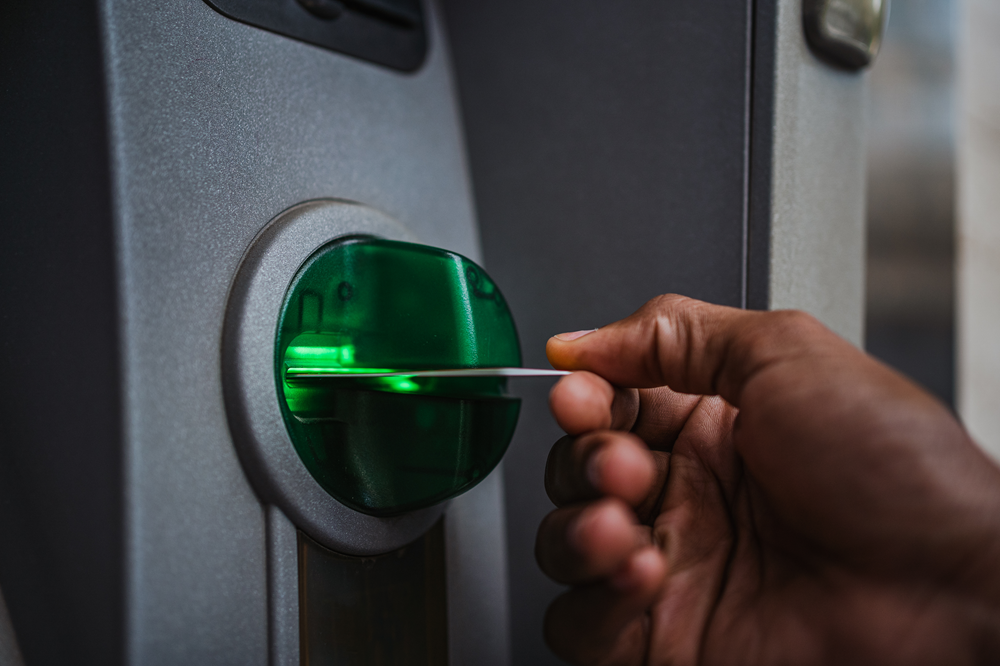
1. ATM fees
Are you still paying ATM fees in 2025? Well, with online banking offering free withdrawals and traditional banks expanding their no-fee networks, there’s no excuse anymore. Let’s be serious, how can we fork over $3-$5 to grab our own cash? For me, it feels like tossing a coffee or a lunch into the trash. It’s a pointless penalty for accessing money you’ve already earned. Often, you’re hit with a double whammy: a fee from the ATM owner and another “out-of-network” fee from your own bank.
Despite what you may think, it adds up fast. Just one out-of-network withdrawal per week at $4 a pop is over $200 a year. We can even talk about hundreds a year if you’re not careful. That’s why planning goes a long way, and knowing where your fee-free ATMs are and taking out cash when you find them is the best thing you can do. Most banking apps have a built-in map to locate in-network ATMs, so a quick 30-second check before you leave the house can save you money. Another fantastic trick is to get cashback at the checkout when you’re at the grocery store or pharmacy—it’s completely free.
Another thing you can think about: if your bank doesn’t offer good options, maybe it’s time to switch. Many online banks and credit unions reimburse all ATM fees, making this a non-issue entirely. A bank’s job is to hold your money, not to charge you for touching it. It doesn’t make any sense to pay extra just to touch the money you earned.
2. Brand-name medication
Generic medications have the same active ingredients with the same strength and, of course, the same safety standards. So, unless your doctor tells you otherwise for a very specific medical reason, there is no reason to pay extra for a big brand name on a box. Think about the fact that you spend $40 on fancy advertising when the $8 version works exactly the same. That massive price difference doesn’t pay for a better product; it pays for the brand’s marketing campaigns, sales reps, and television commercials.
The Food and Drug Administration (FDA) has strict requirements for generic drugs. They must be “bioequivalent” to their brand-name counterparts, meaning they work in the same way and provide the same clinical benefit. This is a scientific standard, not a marketing gimmick. So when you choose generic, you’re getting the same medicine, just without the inflated price tag.
Switching to generics will save you hundreds (even thousands) a year, especially for medications you take regularly. However, check with your pharmacist to make sure it’s the same composition, but in most cases, choosing generic is smart shopping. Your pharmacist is an invaluable and accessible resource; a simple question like, “Is there a generic version of this that I can use?” can lead to significant savings. Make it a habit every time you get a new prescription.
3. Cable TV Subscriptions
Are you still hanging onto cable in 2025? I see it as paying for a flip phone plan when you have a smartphone in your pocket. Cable bundles are stuffed with channels you don’t watch, but the bill keeps getting annoyingly higher every year. It’s a classic bait-and-switch; they lure you in with a promotional rate, and before you know it, your bill is bloated with “broadcast TV fees,” “regional sports surcharges,” and other mysterious line items that can add $20-$30 to your advertised price.
With streaming services such as Netflix, Disney+, or Hulu, and even free options such as Pluto TV, you can actually choose what you want to watch (for a fraction of the price). The power has shifted to the consumer. You can also bundle services and rotate subscriptions based on what you want to watch in a month. For example, subscribe to Max for a month to binge-watch a new season of your favorite show, then cancel it and hop over to Apple TV+ for another. This “subscription hopping” strategy ensures you only pay for content you’re actively watching.
Still paying $100+ a month for cable? That’s over $1,200 a year that could be going into your savings, a vacation fund, or paying down debt. Maybe you can think about cutting the cord and treating yourself to better ways of spending that cash. Even if you love live sports or news, services like YouTube TV, Sling TV, and Hulu + Live TV offer streamlined packages that are often cheaper and more flexible than traditional cable.

4. Extended Warranties
The deal with extended warranties is that they sound comfy in the moment, but they may just turn into extra money for “just in case” scenarios that barely happen. Salespeople are trained to use fear to sell them, making you feel irresponsible if you decline. “Are you sure? It would be a shame if this new $1,000 TV broke in 13 months.” But these warranties are extremely high-profit-margin items for retailers for a reason: they are rarely used.
Most appliances, gadgets, and electronics are built to last at least through their original manufacturer’s warranty, so if something is going to break, it will most likely break early when you’re covered anyway. Furthermore, before you even consider buying one, check your credit card’s benefits. Many major credit cards automatically extend the manufacturer’s warranty for free by up to a year when you use them to purchase an item. You might already have the coverage they’re trying to sell you.
By the time a product gives up the ghost, you will probably want a new and better version. Another idea, instead of buying extended coverage, is to build a small “stuff happens” fund where you can add $5-$10 a month. It will add up fast, and you’ll be ready in case something goes sideways. This way, you are self-insuring. If nothing breaks, you have a nice little pot of cash for an upgrade. If something does break, you have the money to fix or replace it. I like to think that freedom > fear.
5. Fast fashion
Fast fashion is the junk food of your closet. Addictive, cheap, and leaves you feeling a little worse after. Even if it’s tempting to snag trendy clothes for a few bucks, low prices usually mean low quality. The colors will most likely fade after a few washes, the seams will unravel, and the fabric will pill, so you’re going to be back at the mall or scrolling online for another set. It’s a cycle designed to keep you spending.
When I realized it’s just a never-ending money pit, I started to aim for quality instead of quantity. It’s helpful to think in terms of “cost per wear.” A $15 shirt that you wear three times before it looks shabby costs you $5 per wear. A high-quality, $60 shirt that you wear for years might end up costing you less than $1 per wear. I started to invest in timeless basics, like a great pair of jeans, solid shoes, and a classic jacket. Even if they cost a bit more upfront, you’ll wear them for years, not only weeks.
Building a more thoughtful wardrobe doesn’t have to be expensive. Exploring thrift stores and consignment shops can uncover high-quality, durable pieces for a fraction of their original price. Plus, it cuts down clutter, and you stop feeding the waste-heavy fast fashion machine, which is notorious for its environmental impact and poor labor practices. Your wardrobe, wallet (and planet) will all win.
6. Bottled water
I can’t stress enough the fact that bottled water is just a big business. In many developed countries, you can just get the same thing out of your tap for a tiny fraction of the cost. The marketing is brilliant—it sells you an image of pristine mountain springs, but often it’s just filtered municipal water. You’re paying thousands of times more for packaging and branding, not for a healthier or safer product.
If you’re worried about the quality and taste, invest in a good filter: one for your sink, a pitcher for the fridge, and whatever fits your setup. A simple pitcher filter can cost as little as $20 and provide months of clean, great-tasting water. The math is undeniable. A family that buys a 24-pack of bottled water a week can easily spend over $400 a year. A good water filter and a few reusable bottles might cost $50 upfront and pennies per gallon after that. The savings are massive.
If you’re always on the move, snag a reusable bottle. It will quickly become your best friend. All these moves will save you money while cutting down plastic waste. Bottled water really is one of those sneaky habits that can drain your wallet without you even realizing it. Think about every $2-$3 you skip. It adds up big over time, and you’ll be making a much better choice for the environment.
You can get this FreeSip Insulated Stainless Steel Water Bottle on Amazon.

7. Premium gas for non-luxury cars
Does your car specifically say it needs premium gas? No? Great, then you don’t have to throw extra dollars into the tank. Premium sounds fancier, but for most cars, it doesn’t make any difference. The numbers on the pump (87, 89, 91, 93) refer to the octane rating, which is a measure of fuel stability. High-performance, high-compression engines found in luxury or sports cars require higher octane fuel to prevent a phenomenon called “knocking” or pre-ignition, which can damage the engine.
Modern engines are built to run great on regular unleaded, so using premium when it’s not needed won’t boost performance or the lifespan of your car. Your car’s computer is calibrated for a specific octane level. Putting in a higher-octane fuel doesn’t give it more power; it’s like putting premium organic flour in a recipe for a simple boxed cake mix—the cake won’t taste any better. The only thing it will do is drain your wallet faster.
This common habit is just expensive, and it has zero payoff, especially with gas prices going wild these days. The definitive answer is in your car’s owner’s manual or printed inside the fuel door. If it says “Regular Unleaded” or “87 Octane,” use it. If it says “Premium Recommended,” you can still typically use regular without harm, though you might experience a very slight dip in peak performance. Only if it says “Premium Required” must you use it. Switching to regular will save you a surprising amount over the year, and your car won’t know the difference.
8. Unused Gym Membership
We know the story, and for most of us, we’ve been there. You feel ambitious, especially in the first months of the year, driven by New Year’s resolutions. You sign a one-year contract, convinced this is the year you’ll go three times a week. By April, you probably avoid eye contact with the gym membership and the building altogether. The monthly charge becomes a “guilt fee”—a constant reminder of a goal you’re not meeting.
Now, here’s the deal. It’s ok. You don’t have to pay it. A gym membership is only valuable if you use it consistently. If it’s become a source of stress rather than health, it’s time to let it go. There are tons of free YouTube workout channels (like Yoga with Adriene or POPSUGAR Fitness), low-cost fitness apps (like the Nike Training Club or Peloton’s free tier), and even outdoor activities for when you really mean to move, so keep the money for that treadmill you don’t even use in your pockets.
When the gym becomes more of a guilt trip than a workout motivation, it’s time to cancel. Be prepared; some gyms make the cancellation process intentionally difficult. Be persistent. Find a fitness routine that fits your actual lifestyle, not the one you aspire to have. You can always sign up later if you miss it, perhaps with a more flexible month-to-month plan. In the meantime, get creative with your fitness routine and save money.
9. Overpriced Online Shopping on Amazon
There is no doubt about the convenience of Amazon. One-click ordering and two-day shipping are a modern marvel. But that convenience tax is the one hitting harder than you think. Brand items like headphones, chargers, and even kitchen tools are often marked up higher than what you’d find from the brand’s website or even other retailers like Target or Walmart. This is especially true for items sold by third-party sellers on the platform.
Plus, those products with glowing reviews that turn out to be of questionable quality? That’s a huge pitfall. The platform is flooded with products that have fake or incentivized reviews. A savvy shopper takes a second to cross-check prices elsewhere before you click “Buy Now,” and you might find the same thing for half the price or even better quality for the same money. Use browser extensions like Honey to check for coupons or CamelCamelCamel to track the price history of an item on Amazon—you’ll often find that the current “sale” price is actually higher than its average price.
Amazon it’s an amazing tool, but make sure you use it in your favor and not turn it into a trap. Use it for price discovery and convenience, but always do a quick search to ensure you’re not overpaying. Sometimes, buying directly from the manufacturer or a specialty retailer not only saves you money but also gets you better customer service and a more reliable product. Be a smart user, not a captive customer.
Read next: 10 Hacks to Get FREE Things at Walmart (and Other Amazing Discounts)





